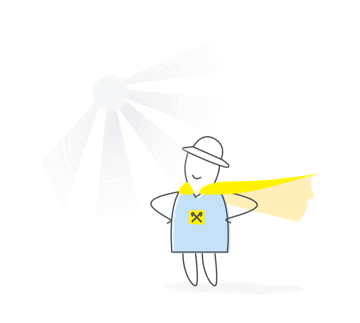New label requirements
Since the beginning of August, the Law "On Information for Consumers on Food Products" entered into force in Ukraine. There is a three-year transitional period for the introduction of new labels, taking into account the requirements of this law. Consider its basic requirements.
Requirements regarding the communication of food products existed to date, however, they were not effective. For example, labeling is still applied in such small letters that it is difficult to discern the composition of the product, but the information itself is far from complete. The purpose of the innovation is to make the information on labels and in advertising consistent with European standards, and most importantly, sufficient so that the consumer can understand what is actually hidden in the product and whether it is really worth it to eat.
The new law applies to manufacturers and operators of the food market at all stages of the chain. Information about the food product must be accurate, reliable and understandable to the consumer. The market operator is responsible for this. If the entrepreneur who sells it sees that the requirement of the law is not respected, he does not have the right to sell such goods.
The main thing for consumers is that the information on the label should not be misleading. Especially when it comes to the properties and characteristics of products and the consequences of their consumption. Or when it comes to the supposedly medicinal properties of the products. This also applies to food advertising.
The list of mandatory information on food products includes a list / quantity of ingredients. From now on, the manufacturer must indicate all the components of the food product in order to reduce their mass fraction. In some cases, as a percentage. Certain ingredients are indicated by the name of the category to which they belong, immediately after it their name or index is indicated according to the European digital system (the so-called "eschi"). Allergens stand out in a separate color, font, style. There should be a mark “With GMOs” if the share of GMOs exceeds 0.9%, or “Without GMOs”, when confirming the absence of GMOs.
Nutritional value has been indicated before, this item includes information on energy value, the content of fats, saturated fats, carbohydrates, sugars, proteins and salt. But whether the food was frozen / thawed is an innovation. If subjected to freezing - the date is indicated.
Marking font should be clear, legible and contrasting. The height of small letters should be equal to or greater than 1.2 mm (up to - 0.8 mm). If the packaging area is less than 80 cm2, then the height of the small letters should be at least 0.9 mm. Separately (color, font, style) should be highlighted information about allergens contained in the composition of the food product.
What to do if the goods are packaged? In this case, the consumer should not be deprived of information about the food product. It is mandatory, but provided in a different way. For example, it can be located on a bag, box, on a stand placed next to it, distributed in the form of an information leaflet or in another way at the request of the buyer.















